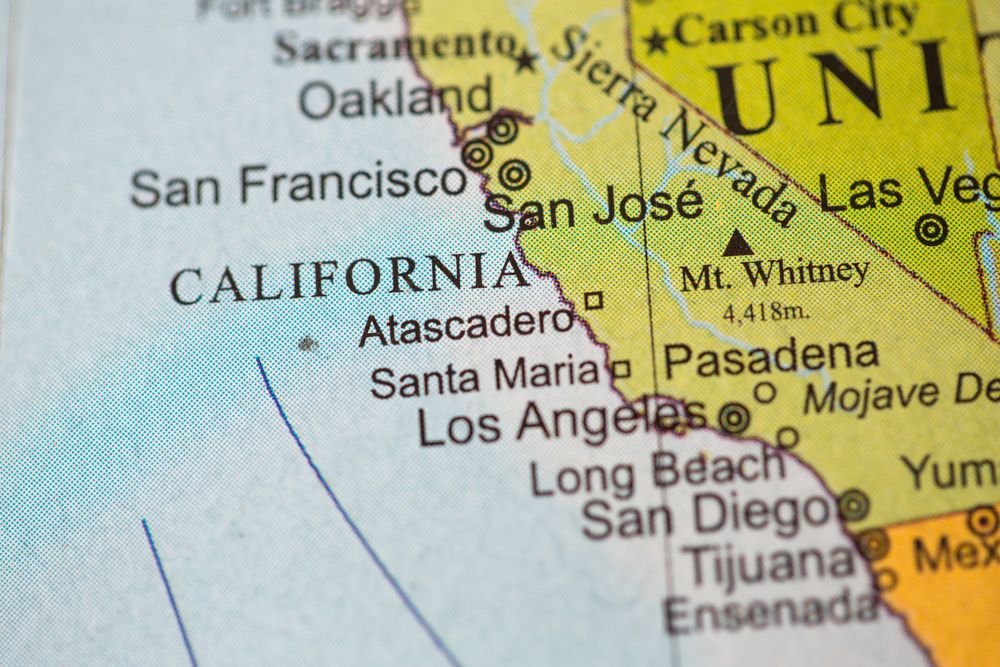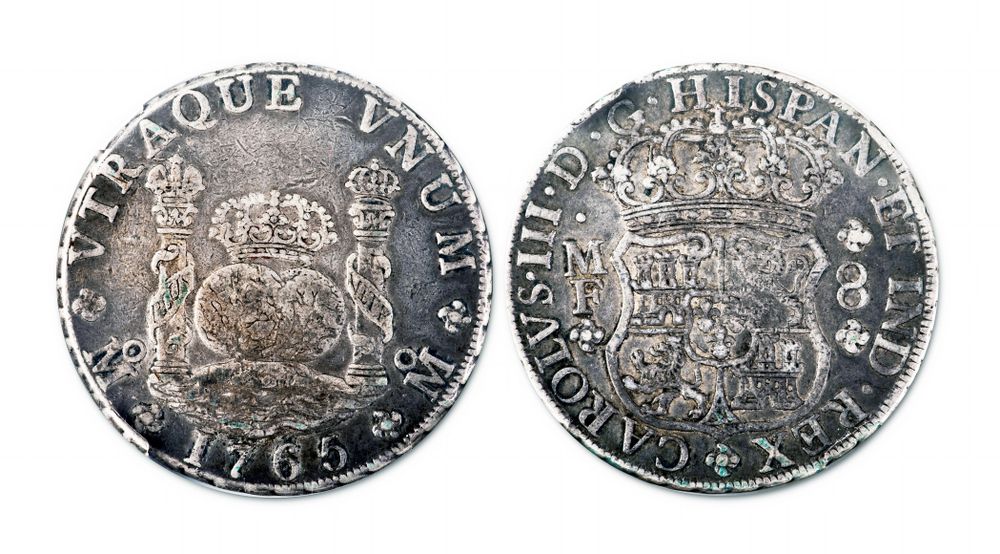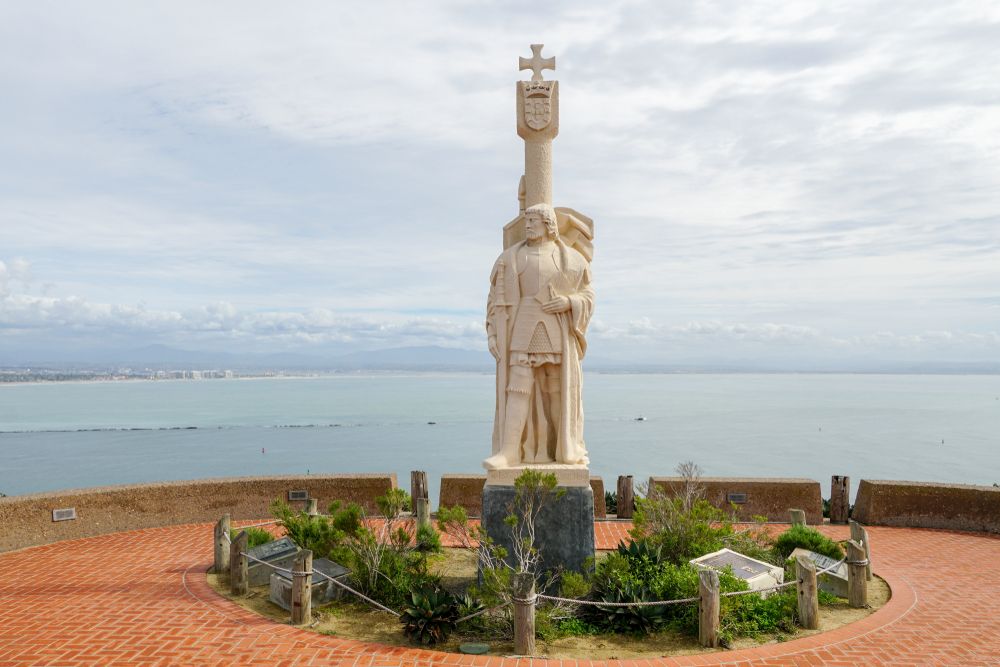Let's talk! Browse our offer and let us help you create your own budget.
Hispanic Heritage in the United States
Spanish Presence in North America
For about 300 years, Spain played a conspicuous role in the History of the United States, leaving a significant footprint in the country. During this period, Spanish traditions were exported by the settlers, who had a big influence on North America’s culture and customs. Click here to continue reading in Spanish.
Spain was present in the States for 309 years, and its heritage is still alive. Since Juan Ponce de León landed on the coast of Florida on April 12, 1513, many historic events involving Spanish people took place: Mexico’s Independence in 1822, the Pacific Ocean exploration and the role of the Spanish Monarchy in the Independence of the US are present in many monuments, symbols and place names around the country.
Place Names

Hispanic influence remains present in place names all around the United States. San Agustín, the oldest city in the US, was founded by Spanish explorers. So were San Francisco, San Antonio, Tucson, Los Ángeles, Santa Fe or San Diego. Besides, many places in the country still preserve the name that Christian missions, fortifications and Spanish settlers gave them: Amarillo, Arizona, Alcatraz, Boca Ratón, Bahía Morro, California, Cañaveral, Colorado, Florida, Madre de Dios, Montana, Nevada, Nuevo México, Pima y Tiburón, Puerto Rico and Texas.
Some islands and territories in the State of Washington do also have a Spanish name: San Juan, López, Fidalgo, López y Cortés. In Canada, Victoria and Isla Galiano are also good examples; and in Alaska we have Valdez and Córdova.
In the geography of the States we can also find several rivers with a Spanish name: Bravo, Sacramento, Colorado, Grande.
El origen español del dólar

The dollar was born in 1787 at the United States Congress. What many people ignore is that it was the equivalent to the Spanish duro and the dollar symbol ($) finds its roots in the Pillars of Hercules (Gibraltar), built to represent the Greek vision of the end of the world.
Besides, the so-called Spanish Dollar (real de a 8) was employed as hard currency in the States until 1857. It got even more popular than the American dollar for two reasons: it was thinner, and it weighed less, although it had a greater amount of silver. It was present in the New York Stock Exchange until 1997.
Spanish Symbols in the United States
- The Spanish flag is in the Texas shield.
- One of the six Texas flags is the one Castilla y León (a Spanish region)
- The confederate flag contains Saint Andrew’s cross, the symbol of the Spanish air forces.
- The Spanish flag still stands on the Castillo de San Marcos at St. Augustine, first fort built by the Europeans in the States.
- The shield of Los Angeles City contains the shield of Castilla y León and the date of the Spanish settling.
- The flag of Cupertino, Apple Silicon Valley’s headquarters, shows the helmet of Spanish explorers.
- Arizona’s flag has 13 red and yellow bars honoring the 13 colonies and the Spanish flag colors.
Spanish Landmarks in the US

- Cabrillo National Monument. It marks the location of the first European sea voyage, which departed from California in 1542 ruled by Juan Rodríguez Cabrillo.
- Coronado National Memorial. It commemorates Francisco Vásquez de Coronado’s expeditions, that went all the way from Mexico City up to Kansas.
- Hernando de Soto’s Expedition Landing Mark, 1539.
- The Statue of Ponce de León, Saint Augustine.
- The Statue of Juan de Oñate, El Paso Airport. It is the tallest equestrian statue in the world, with 59 feet high, and it weighs 18 tons.
- St. Louis Cathedral, New Orleans. It hosts both the Spanish flag and the one of Castilla y León.
- Statues of El Cid in New York, San Diego’s Balboa Park, and San Francisco’s Lincoln Park.
- Sculptures of Isabella I of Castille at the Capitol of the State of California and at the Organization of American States building in Washington.
The lists above are just a brief summary of the Spanish legacy in the US. You surely are aware of the importance of the Spanish language in this country, where the Hispanic population is expected to reach 99.8 million by 2050. But did you know that there are many more remote places where Spanish is also a key language? Find out which ones with our video.
